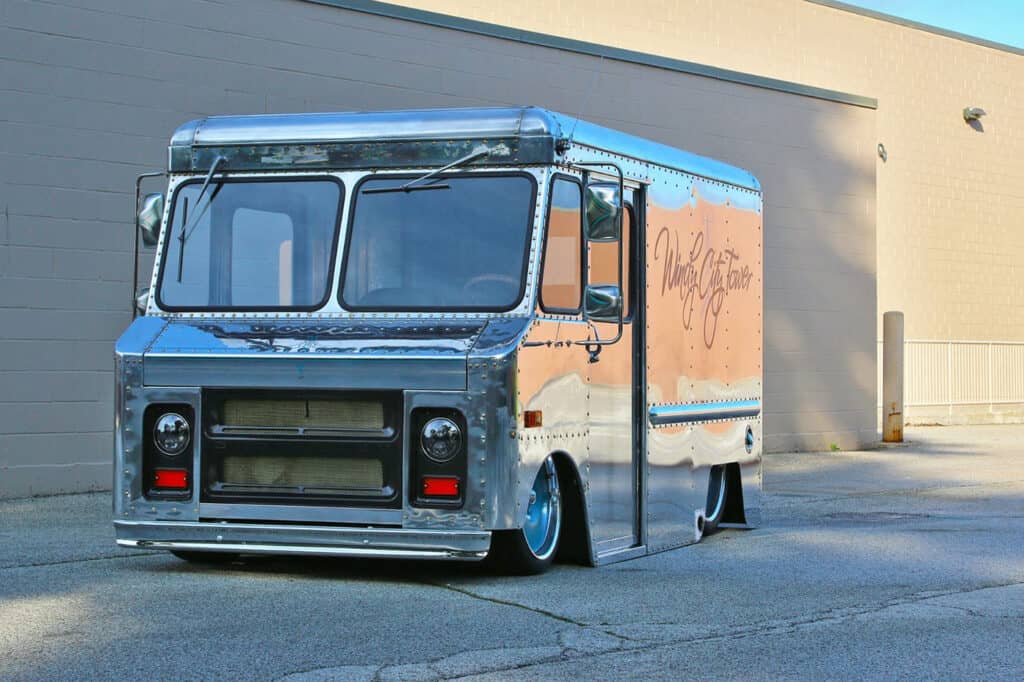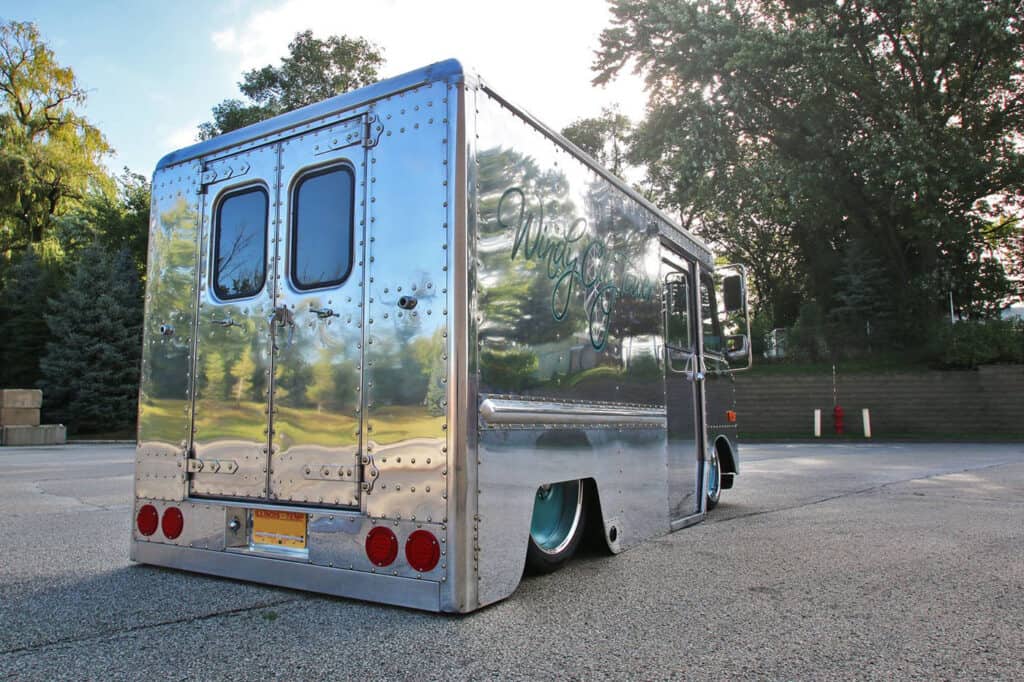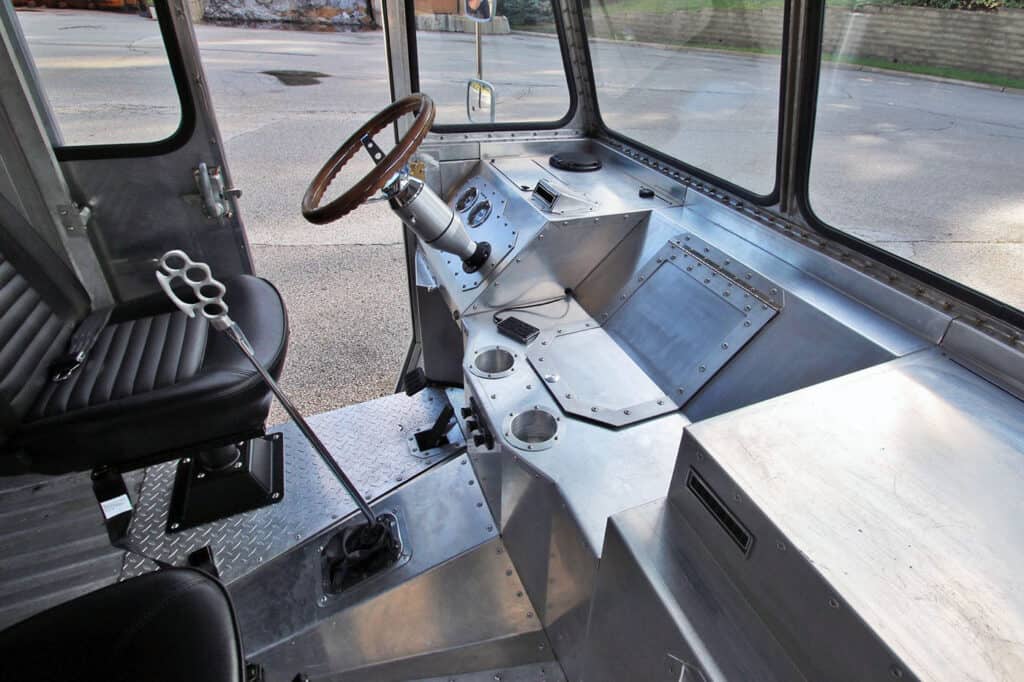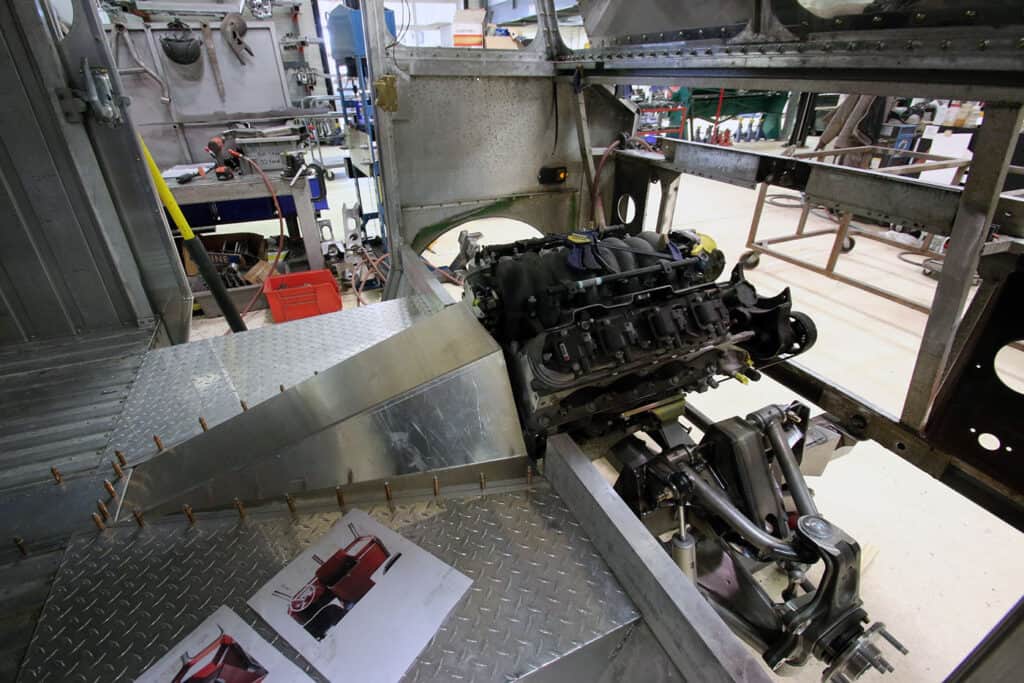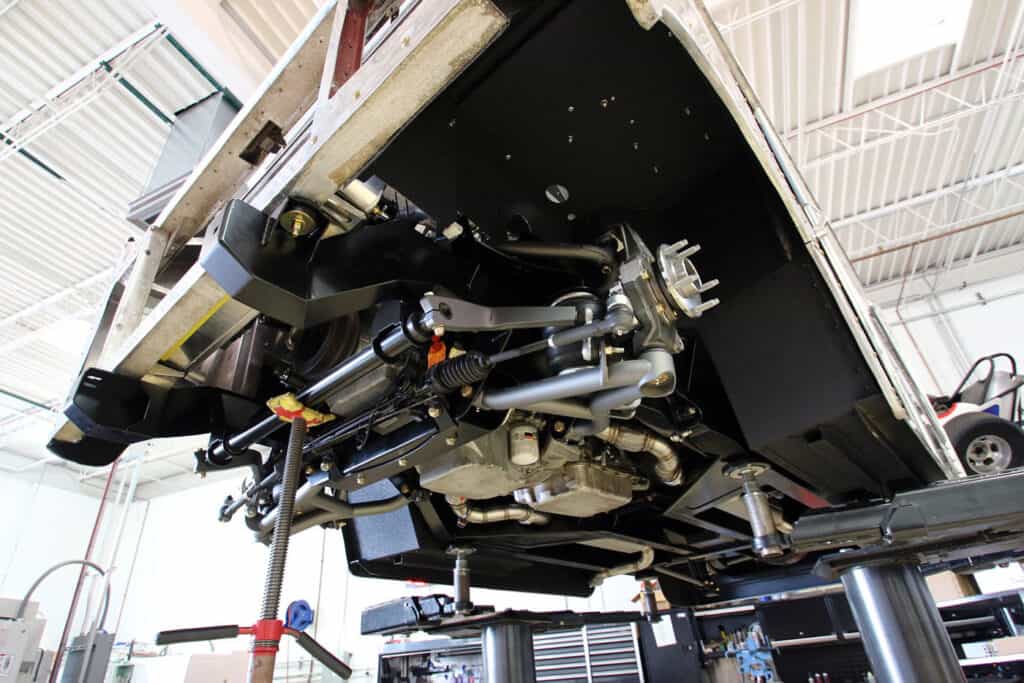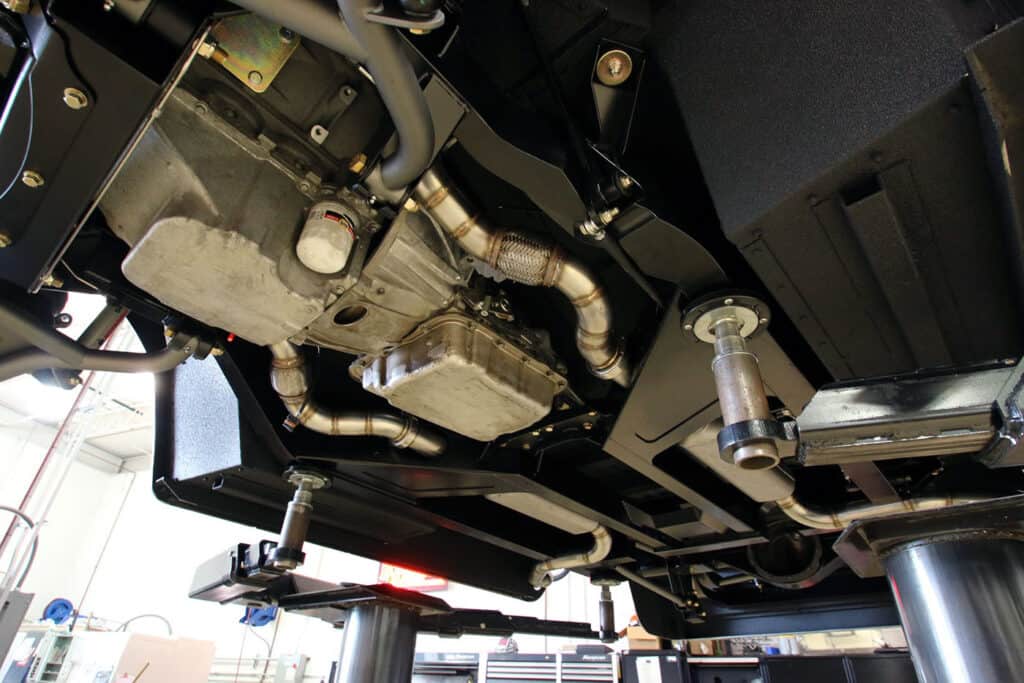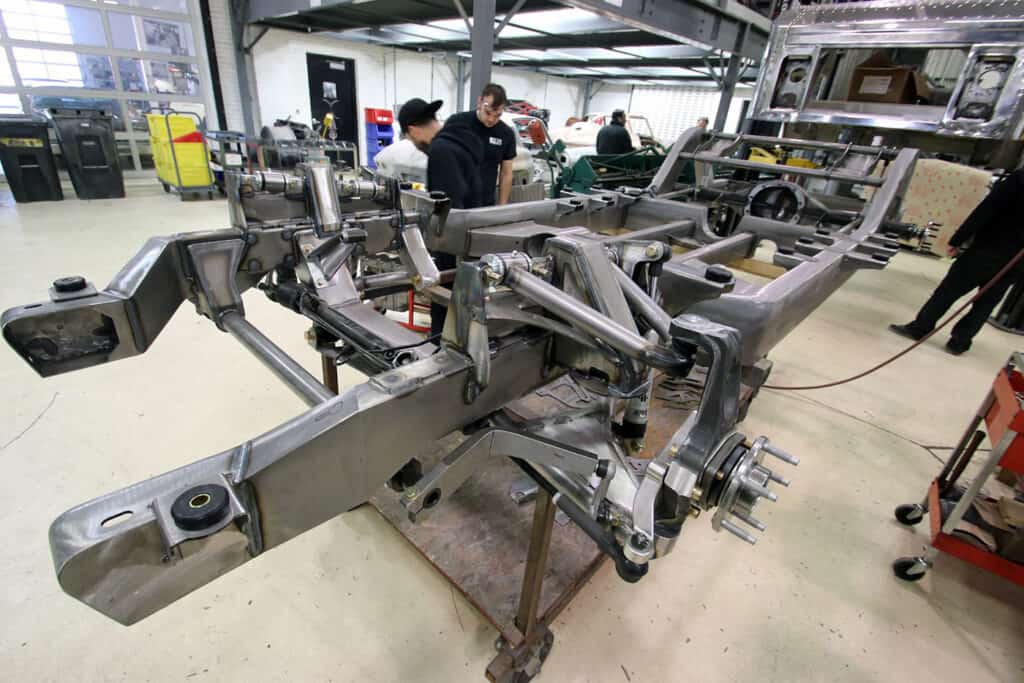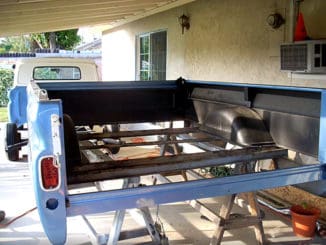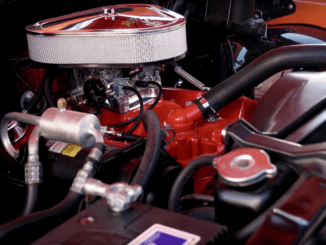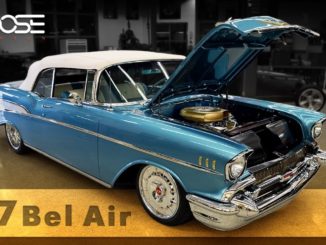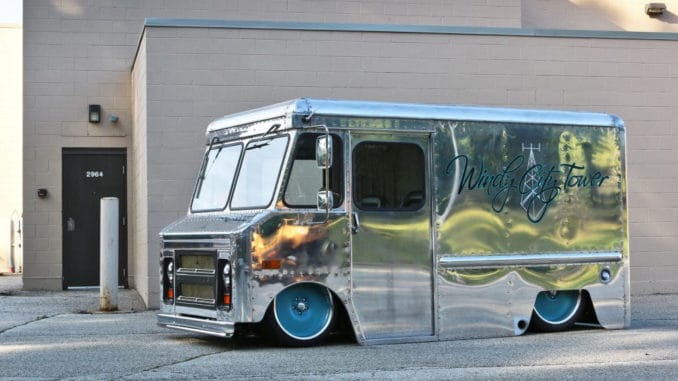
This badass 1970 Chevrolet P10 Step Van built by the Roadster Shop — dubbed “Windy City Tower” — has been worked over and upgraded from the ground up.
The engine is an LSx V8. The van rides on top of a full custom chassis with modern air suspension and Corvette brakes — modifications that make this van one of the best handling bread boxes out there…
1970 Chevrolet P10 Step-Thru Van
Multi-stop trucks (also known as walk-in delivery or step vans) are a type of light-duty and medium-duty truck created for local deliveries to residences and businesses. They are designed to be driven either sitting down or standing up and often provide easy access between the driver and goods, hence the name “Walk-In Delivery” van.
They are taller than full-size vans such as the Ford Econoline, Dodge A-Series/B-Series/Ram Vans, and Chevrolet G-Series vans, but can have wheelbases that are shorter than these models or longer.
Though commonly referred to as “bread trucks” and “bakery trucks,” trucks like these are used for delivering many other goods and services. Many have also referred to them as “Step-Vans” despite the fact that this was a name only used by Chevrolet.
Another common group of users include electric power companies, both with and without cherry picker scoops. The ones with such devices tend to be half-cab vans. Occasionally they’ve been mounted with common truck bodies, such as bottlers. In the 1980s Frito-Lay bought fleets of Olsons that were redesigned to tow light commercial 5th-wheel Olson trailers. School and library systems frequently have used them for bookmobiles, when bus bodies are not preferred.
Partially due to their size, they have also been used as large ambulances. Subsequently, fire departments have also used them for this purpose, as well as for utility vehicles, radio command centers, canteens, and other secondary work. Police S.W.A.T. teams and other special units have used them as combined deployment and mobile command centers.
An all-aluminum 1974 CM-Series International Harvester Metro Van P-40 painted black and lettered in white fitted with red takedown lamps and a siren speaker on its white roof was featured speeding to and famously skidding to halt at a crime scene for the 1975-76 police action title sequence of the TV series S.W.A.T. and was typically featured four or five times each episode to the show’s theme song as the team was dispatched; running aboard, traveling in while utilizing the radio-telephone and jumping out of the Mobile Tactical Unit.
Postal workers also use them in larger deliveries. Parcel companies such as UPS and FedEx have used them for decades. Since 1966, Grumman Olson, and Southern, have made UPS trucks designed exclusively for that company. Ice cream distributors such as Mister Softee and others have found these types of trucks to be far more suitable than cowl-and-chassis-based pickup trucks.
Many have been converted into “Jitney” buses. Some are converted into motor homes either by manufacturers or private citizens who buy used models.
Chevrolet Step-Van and its twin GMC Value Van or others were successors to the shared “Dubl-Duti” delivery vans, produced by General Motors. They had classifications as light as 1/2 ton trucks, and as heavy as 2-ton trucks. Additionally, they produced the successful P-series of step van chassis and the value van. GM gasoline and diesel engines powered vehicles which, like competitors’ chassis, got bodies from outside suppliers.
Large delivery fleets like FedEx, UPS, and Frito-Lay were among its customers. Some later models were available with the Step Van/Value Van cab and Olson after-body. Motor Homes were built around Step-Vans & Value Vans; the GMC Motor Home (which was built between 1973 and 1978) was not related. The series was discontinued in the late ’90s and then became the Workhorse company.

